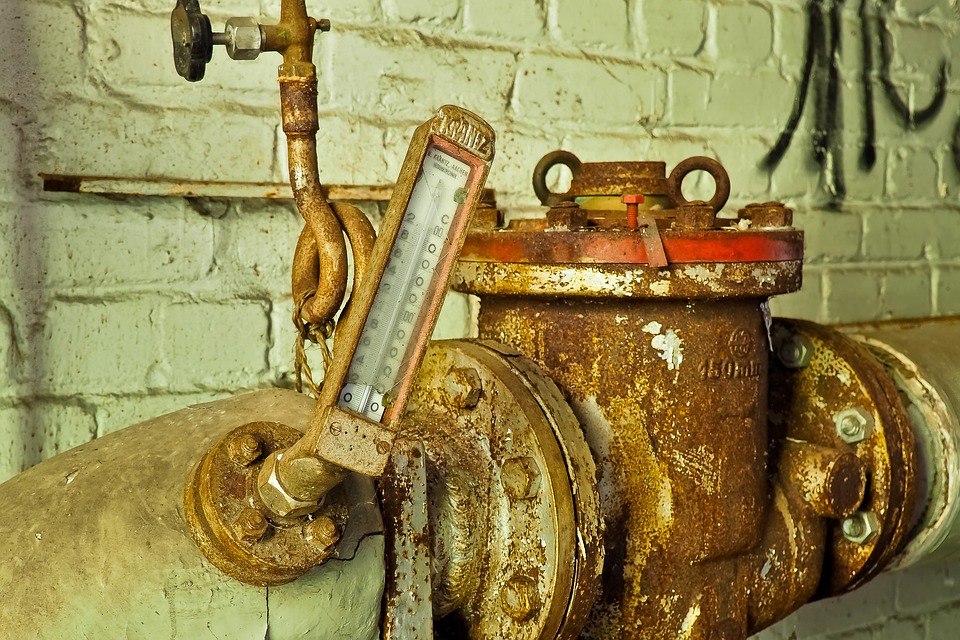Differential pressure flowmeters measure the movement of gases, liquids, and vapors. This can be anything from air and steam to water and industrial gases. If you want to know more about how to use differential pressure flowmeters and what the positives and negatives are of using them, we have all the information that you need below.

How Do They Work?
A differential pressure meter uses the Bernoulli formula to calculate the flow of fluid in a pipe. The flowmeter will create a constriction in the pipe and this will make the pressure drop across the flowmeter. When this flow rises, a bigger pressure drop is formed. The up and downstream densities of the flowmeter are routed by the impulse piping. This then goes to the transmitter which calculates the differential pressure to determine the fluid movement.
The Bernoulli equation is used in this process. It states that 10% of the full-scale flow creates only 1% of the full-scale differential pressure. When it is at 10% full-scale flow, the flowmeter accuracy then relies on the transmitter being accurate at a 100:1 range of differential pressure. You can use varied geometries for different measurements including flow nozzles and orifice plates.
You can learn more about how different pressure flowmeters work using this post from Flowmeters.
The Advantages and Disadvantages
One of the main reasons why so many people really like to use this technology is because it is cheap to use. What’s more, there are multiple versions that can be adjusted to accommodate different types of fluids and it can be put with temperature or pressure sensors which can provide a large flow for steam and other gases. There are not too many disadvantages to using differential pressure flowmeters, hence why they are so popular, however, there are a few things that you should be aware of. The range is not great because of the non-linear differential pressure signal and it can worsen over time with wear and clogging. What’s more, the accuracy of technology is not always optimal and can dissuade people from using it.
How to Use Them
Differential pressure flowmeters can be used with moderately clean fluids but fluids that are a little dirtier will need to be measured by eradicating the piping with a slow fluid. When you are using this technology, you will have to be careful in these types of conditions as the dirt can easily plug the impulse piping. This will then lead to incorrect measurements being taken and sometimes you will find in these situations diaphragm seals are applied. It is also important to keep in mind though, that diaphragm seals can limit the transmitter’s performance and then the flow measurement system also will not work as well as it should.
You can use these flowmeters across many different kinds of industries including chemical, water, petroleum, mining, pulp and paper, mineral processing, wastewater, and petrochemical.
